Fractured (2019)

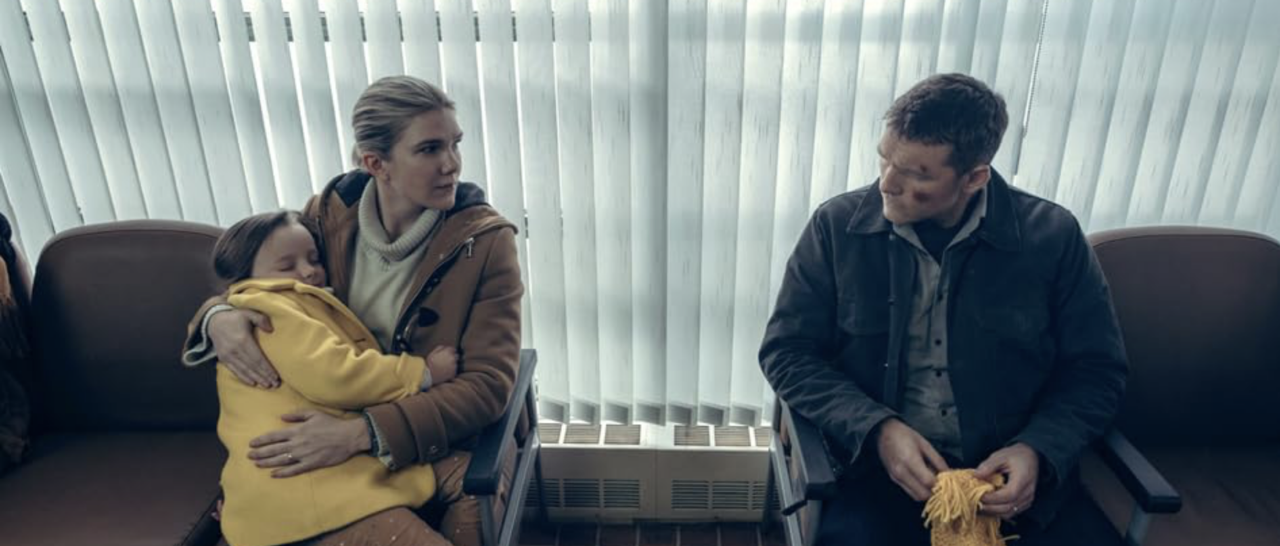
Fractured begins with a compelling setup. A man, his wife, and their daughter stop at a hospital after a roadside accident. But things quickly spiral into paranoia when the man wakes up and finds both his wife and daughter missing, and the hospital staff claim they were never admitted. What follows is a psychological descent into confusion, mistrust, and madness.
At its core, this film is about trauma, perception, and the devastating tricks the human mind can play under emotional distress. It plays heavily on the idea of an unreliable narrator, keeping the audience aligned with Sam Worthington’s character as he desperately tries to make sense of a reality that keeps shifting under his feet.
Conceptually, it is fantastic. The theme of a fractured psyche being mirrored in a fractured narrative is clever and genuinely promising. But where the story stumbles is in its execution. The script often leans into contrived plot points and repetitive dialogue. It teases something much deeper and darker but fails to deliver with the kind of psychological precision that the premise demands. There is a brilliant film buried inside Fractured, but it never quite manages to fully surface.
Performances
Sam Worthington gives a performance that is stronger than the material he is given. He brings emotional intensity and vulnerability to a character whose internal torment is the engine of the story. There are moments when his performance genuinely elevates the film, particularly in scenes where confusion and desperation collide.
However, there are also moments where his delivery feels slightly stiff or overly theatrical, and I think that has more to do with the direction and writing than his talent. Worthington is best when he is internal, when he lets the panic simmer just beneath the surface. The film would have benefited from trusting him more in those quieter beats.
The supporting cast, unfortunately, is underutilised. Their characters often feel like plot devices more than people. The hospital staff, in particular, are written as vague and inconsistent, which undermines the tension. Are they hiding something sinister? Or are they just poorly characterised? That ambiguity should have been used as fuel for paranoia, but instead, it just feels underdeveloped.
Cinematography & Visual Storytelling
Use of Space and Environment
This is where Fractured truly shines. The visual storytelling is far more sophisticated than the script itself. The hospital setting is shot with a cold sterility that becomes increasingly menacing as the story unfolds. Long corridors, reflective surfaces, and clinical lighting create a sense of unease that never lets up. The space around Worthington begins to feel like it is closing in on him, which mirrors the narrowing of his mental state.
There’s a strong use of environmental storytelling. The sterile visuals begin to blur with abstract imagery, especially in later scenes, reinforcing the sense that the world we are seeing may not be the real one. There’s a quiet visual paranoia woven into the production design that is far more nuanced than the dialogue ever manages to be.
Cameras and Lensing
The film was shot on ARRI Alexa cameras with Cooke Anamorphic/i SF lenses, which are known for their organic texture and subtle lens flares. These lenses create a slight distortion at the edges of the frame, adding to the disorientation and surreal mood. The choice of anamorphic also allows for a wider frame that stretches reality just enough to feel unnatural without becoming overtly stylised.
The cinematographer, Björn Charpentier, frequently uses tight, shallow depth-of-field shots to isolate Worthington’s character in the frame. It emphasises his growing sense of separation from the world around him. The use of off-center framing and oblique angles is deliberate and helps build a visual language that keeps the viewer uncertain and emotionally aligned with the protagonist’s fractured state.
Aspect Ratio and Composition
Presented in 2.39:1, the widescreen format helps the film stretch tension across the frame. Characters are often pushed to the edges, surrounded by negative space or boxed in by doorframes, windows, or shadows. The compositions are consistently thoughtful and feel like they belong in a more refined psychological thriller.
LUTs, Colour Grading, and Lighting
The colour grading is muted and leans into a desaturated palette of pale blues, greys, and sickly greens. It strips warmth from the image, creating a visual coldness that makes the viewer feel uneasy even in moments of stillness. The LUTs used contribute to that almost hyper-clinical aesthetic, reinforcing the idea that this environment is not to be trusted.
Lighting is high contrast, with lots of hard-edged artificial light in the hospital scenes and lower, more diffused lighting in flashbacks or dream-like moments. These transitions are subtle but effective in cueing the viewer to shifts in perception or memory.
Consistency and Intent
Visually, the film is remarkably consistent. The cinematography carries the psychological horror better than the script ever does. Every visual choice seems designed to maintain ambiguity. Are we watching a man uncover a conspiracy, or are we witnessing a descent into delusion? That question is asked again and again through the framing, lighting, and colour choices.
The intent is clear, even if the xecution sometimes falters elsewhere. It is a film made by people who understand the visual language of paranoia and mental fracture. I just wish that same level of discipline and sophistication had been applied to the writing.
Score & Sound Design
The score by Anton Sanko is serviceable but somewhat forgettable. It leans heavily into droning ambient textures and pulsing rhythms, which match the tone but never rise above it. The music is at its best when it vanishes altogether and lets silence do the work.
Where the film shines more is in its sound design. The layered soundscape inside the hospital becomes increasingly distorted as the film progresses. Mechanical beeps, intercom announcements, and footsteps echo unnaturally, creating a sense of dissociation. These choices help blur the line between reality and hallucination.
There are moments when the sound mix tilts into full-on psychological terror, using high-frequency sounds and sudden silences to jolt the viewer. It’s effective, though again, not always paired with equally strong storytelling.
Direction & Pacing
Director Brad Anderson (The Machinist, Session 9) clearly knows his way around psychological thrillers. His approach to Fractured is confident in tone, if uneven in structure. The pacing is steady in the first act, engaging in the middle, but starts to buckle under its own weight in the third.
One of the major weaknesses is the film’s overreliance on repetition. Scenes of Sam Worthington retracing his steps or re-explaining his version of events become redundant rather than revealing. The narrative keeps spinning in place rather than evolving. As a result, some of the suspense is lost by the time the twist lands.
And yet, Anderson’s handling of atmosphere is excellent. He builds dread with silence and space rather than cheap tricks. His decision to focus so much of the film around Worthington’s increasingly unsteady perspective is smart. It’s just let down by a script that does not trust the audience to connect the dots.
Emotional & Intellectual Impact
Emotionally, Fractured works best when it leans into confusion and anxiety. There are moments where the film genuinely puts you in the character’s shoes and makes you feel the dread of losing control over your own mind. Those scenes hit hard.
But overall, the emotional resonance is shallow. It doesn’t dig deep enough into the trauma or love between the characters to make the story’s final twist feel gut-wrenching. Intellectually, it raises interesting questions about perception, memory, and denial, but does not explore them with enough depth to leave a lasting impression.
It is a film that wants to be about something profound, but never quite finds the clarity or confidence to commit to a single idea. That leaves it feeling somewhat hollow by the end.
Final Verdict
Fractured is a film full of potential. It has a gripping concept, strong visual execution, and a committed lead performance. But it is ultimately held back by a script that does not rise to the level of its cinematography or ambition. A brilliant idea trapped inside a flawed film, elevated by its visuals but undermined by its writing.
My Favourite Frames
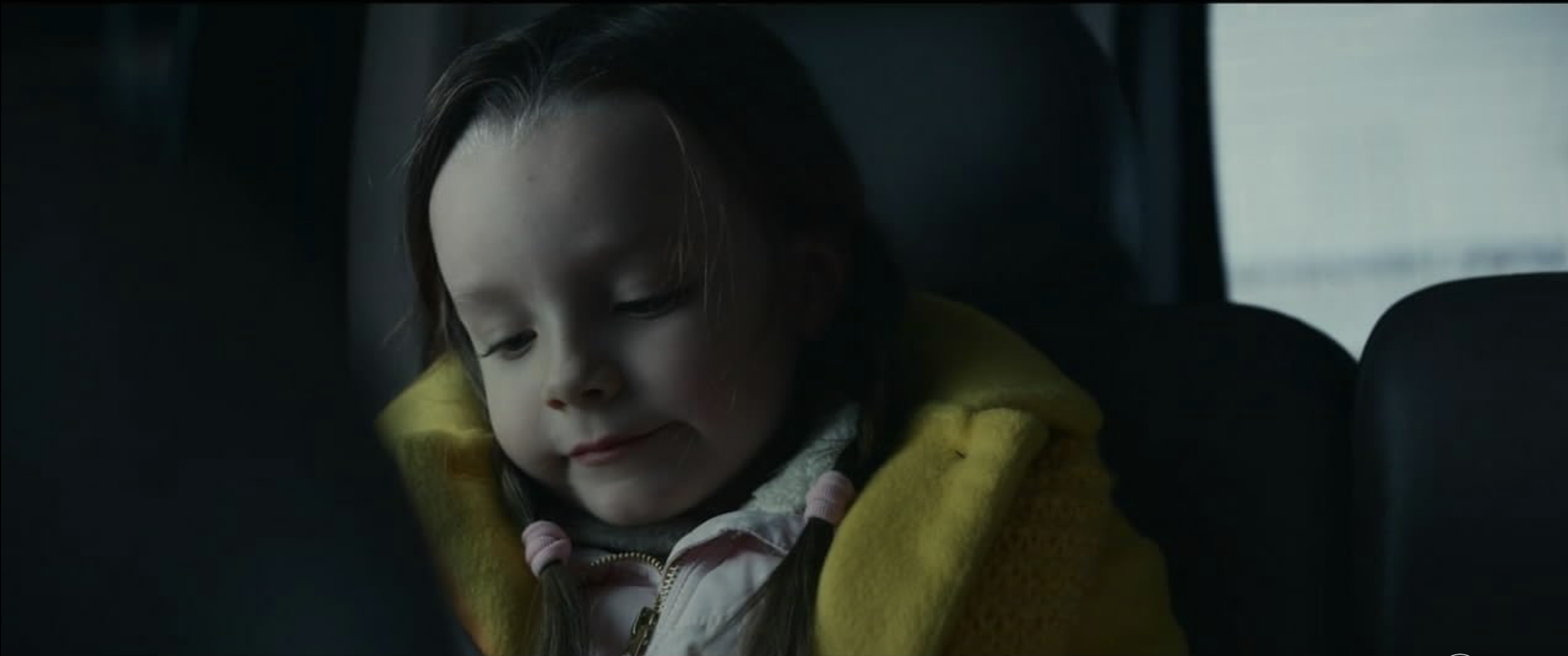
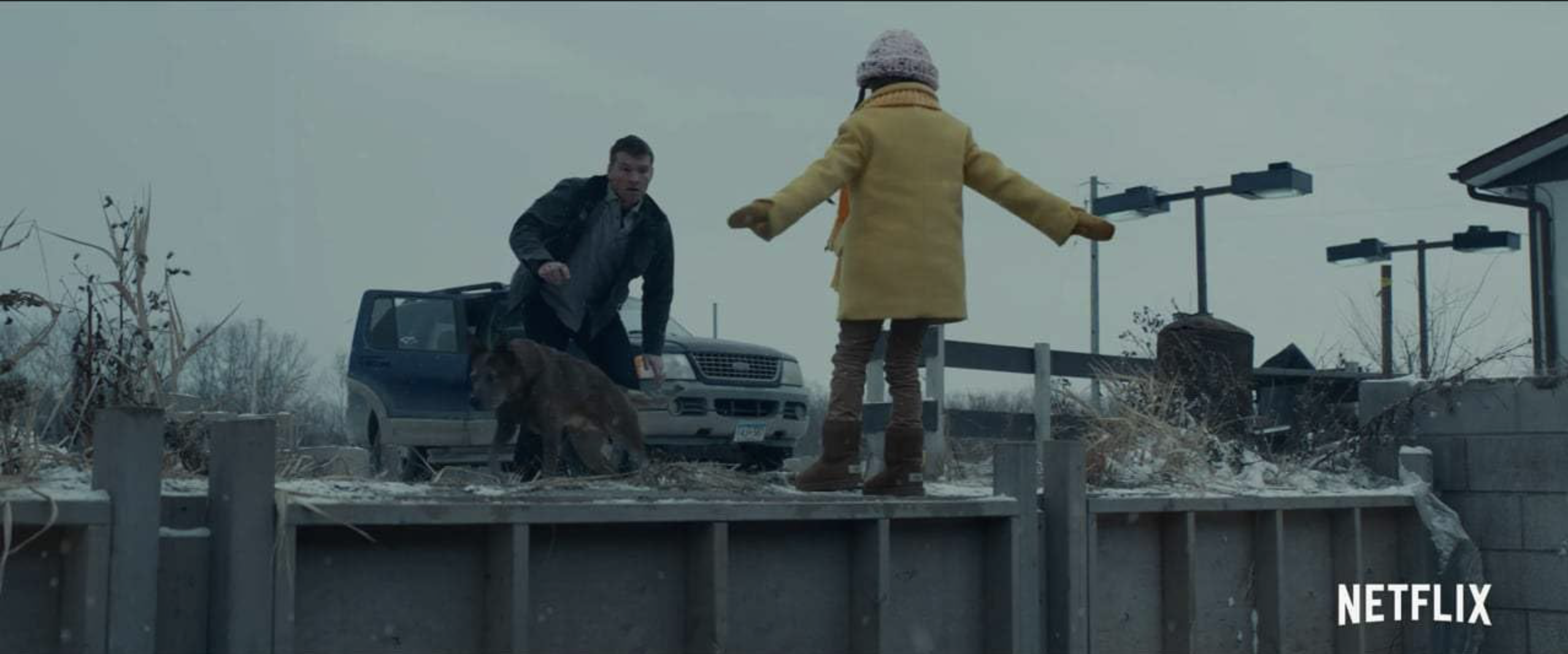
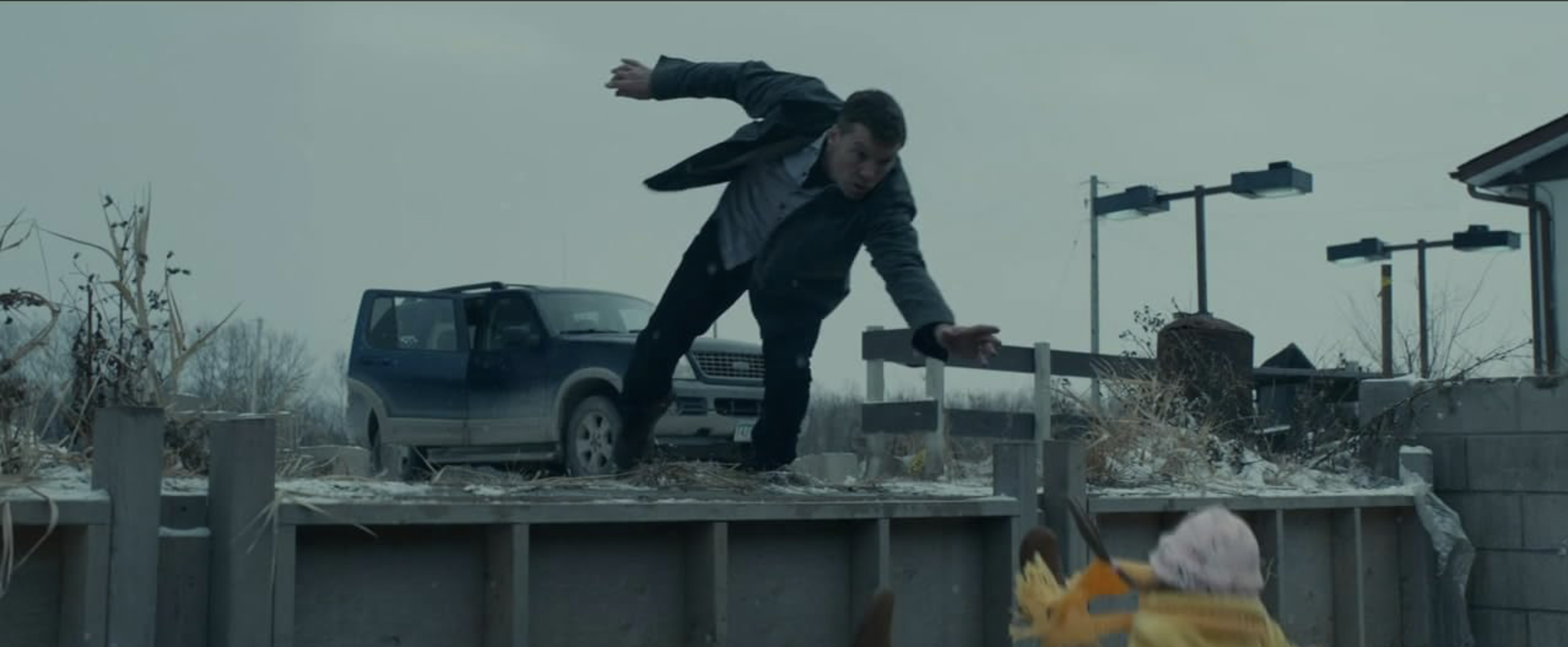
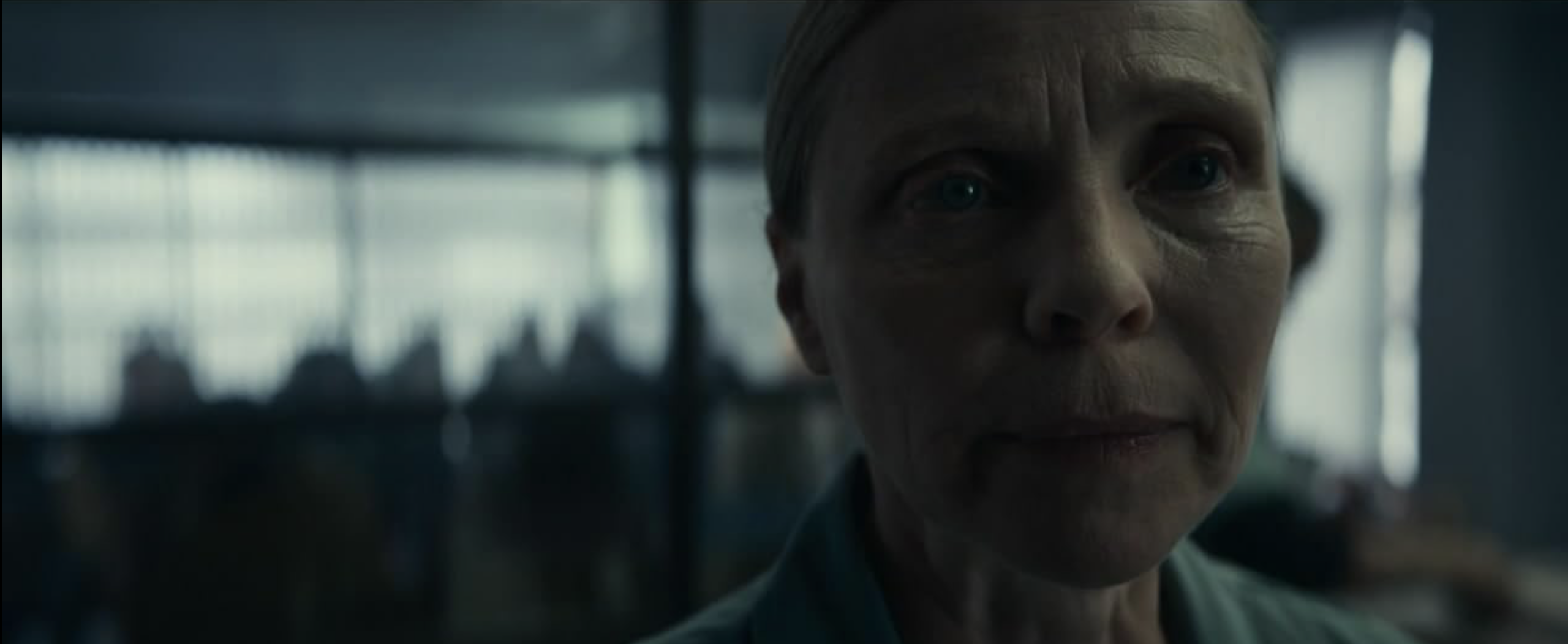
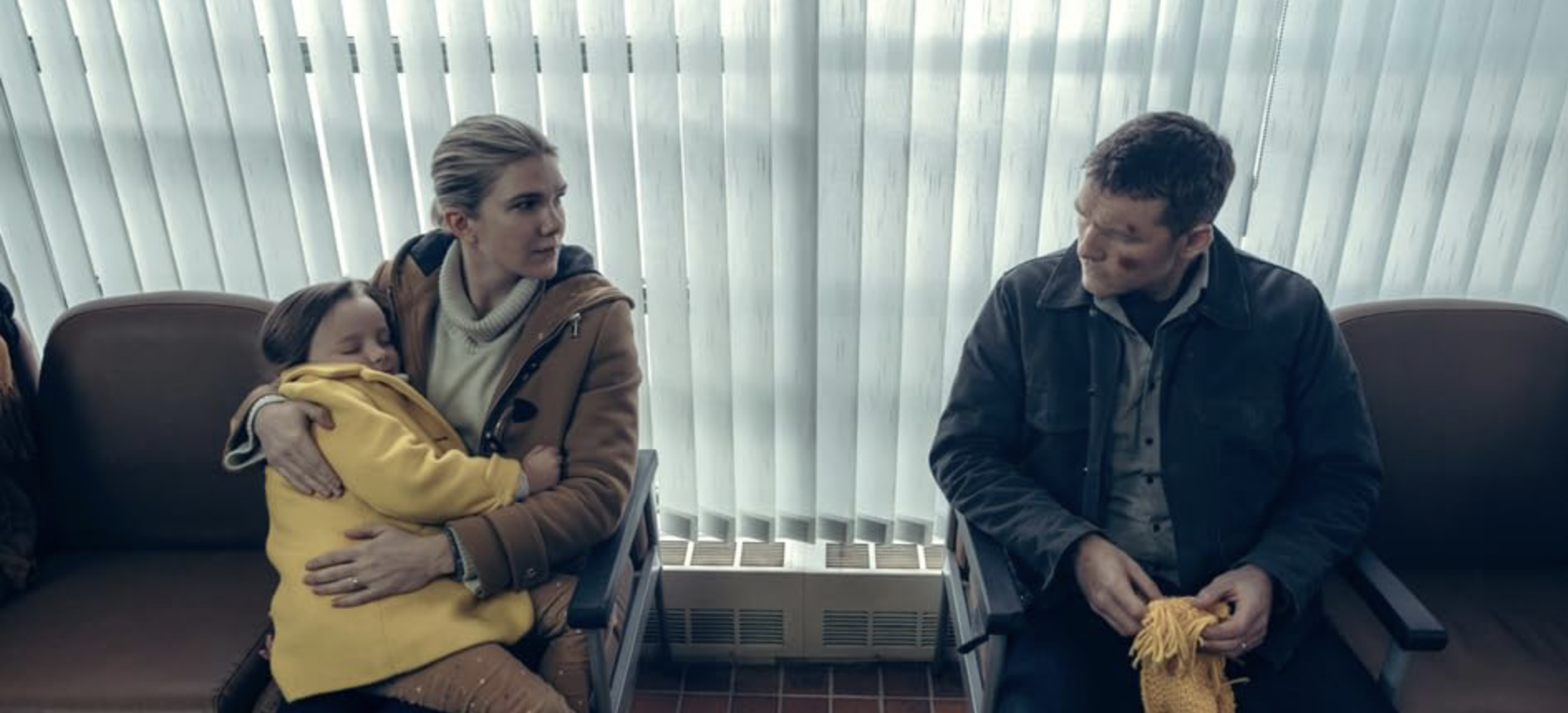
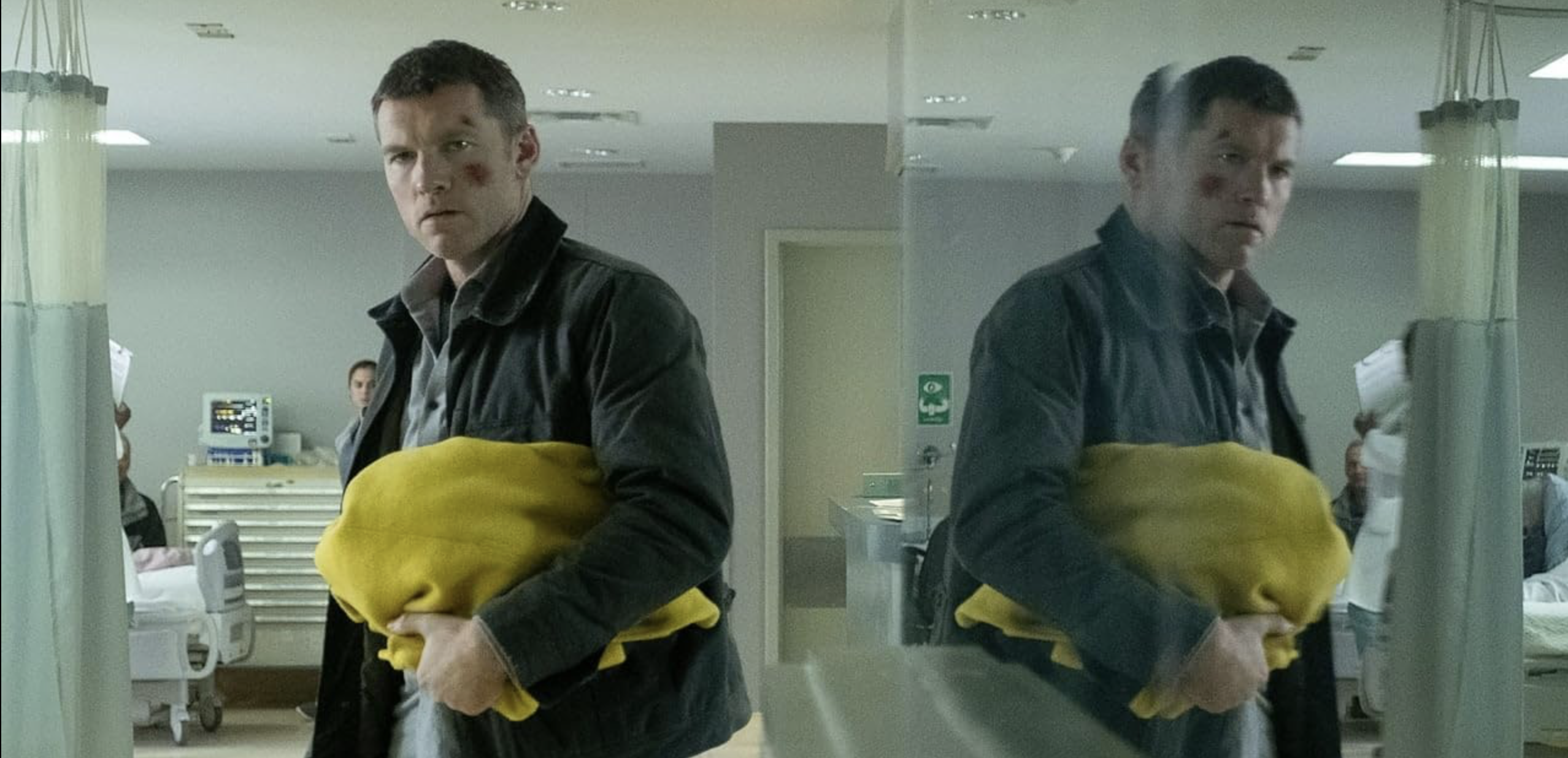
Old age should burn and rave at close of day;
Rage, rage against the dying of the light.” ❤️




